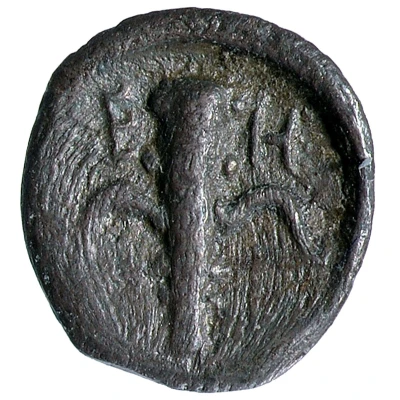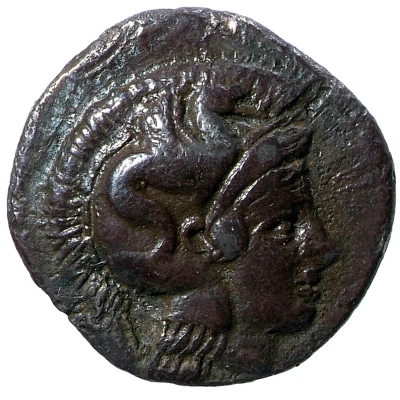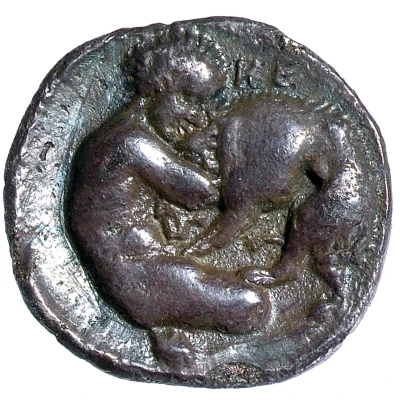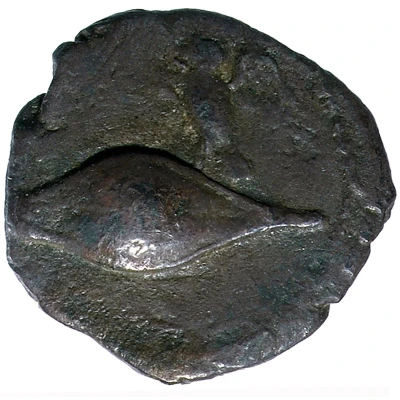
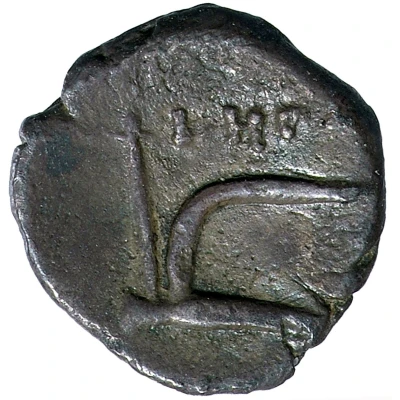

© Trustees of the British Museum
Hemiobol 281 BC - 278 BC
| Silver | 0.421 g | - |
| Issuer | Herakleia (Lucania) |
|---|---|
| Type | Standard circulation coin |
| Years | 281 BC - 278 BC |
| Value | Hemiobol (1⁄12) |
| Currency | As |
| Composition | Silver |
| Weight | 0.421 g |
| Shape | Round (irregular) |
| Technique | Hammered |
| Orientation | Variable alignment ↺ |
| Demonetized | Yes |
| Updated | 2024-10-10 |
| Numista | N#392383 |
|---|---|
| Rarity index | 100% |
Reverse
Plough.
Script: Greek
Lettering: HPA
Interesting fact
The Hemiobol coin from Herakleia (Lucania) was used as a form of currency in the ancient Greek city of Herakleia, which was located in present-day southern Italy. The coin's design features the image of a lion's head on one side and an inscription on the other side that reads "ΗΡΑΚΛΕΙΤΩΝ," which means "of the Heracleans." This coin was used for everyday transactions and was valued at one-half of an Obol, which was the standard unit of currency in ancient Greece. Despite its small value, the Hemiobol coin was made of silver, which was a valuable and durable metal at the time. Today, the Hemiobol coin is a rare and valuable collector's item that provides a glimpse into the economic and cultural practices of ancient Greece.

